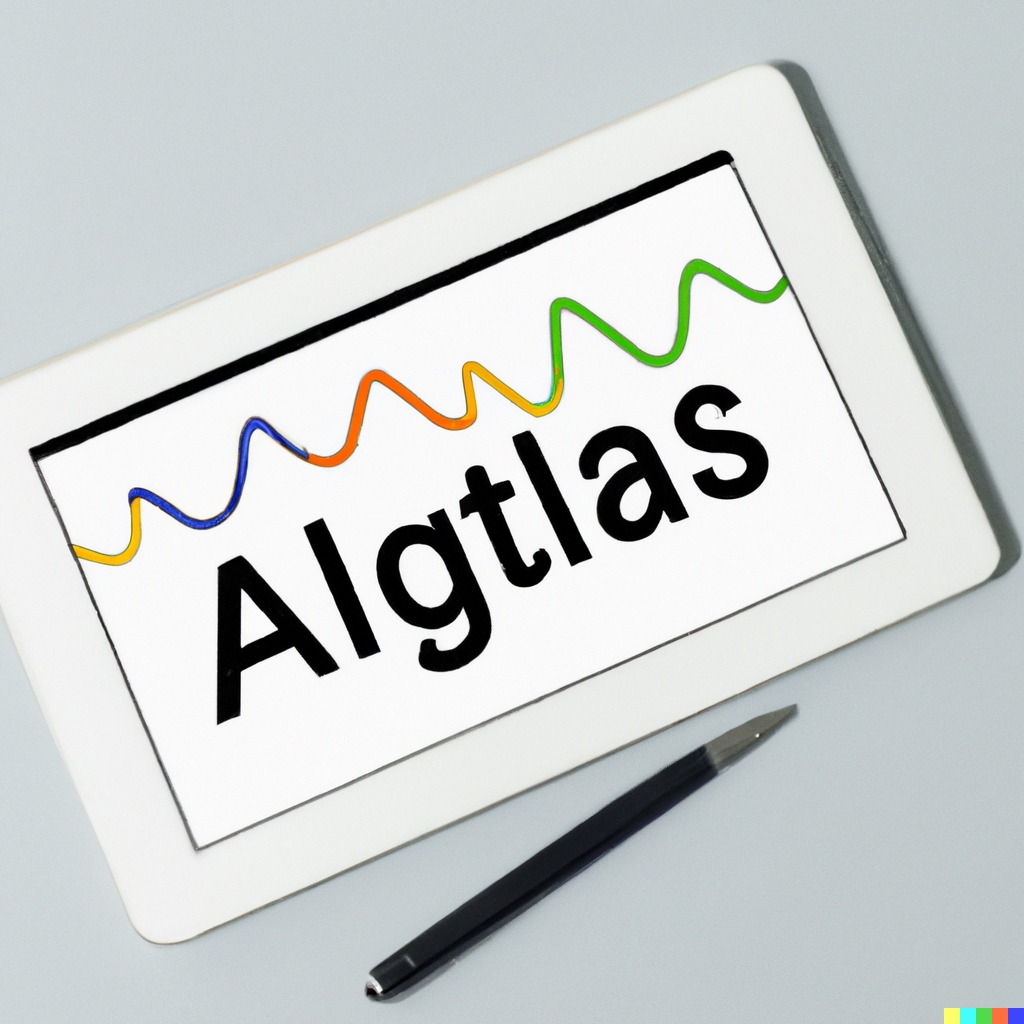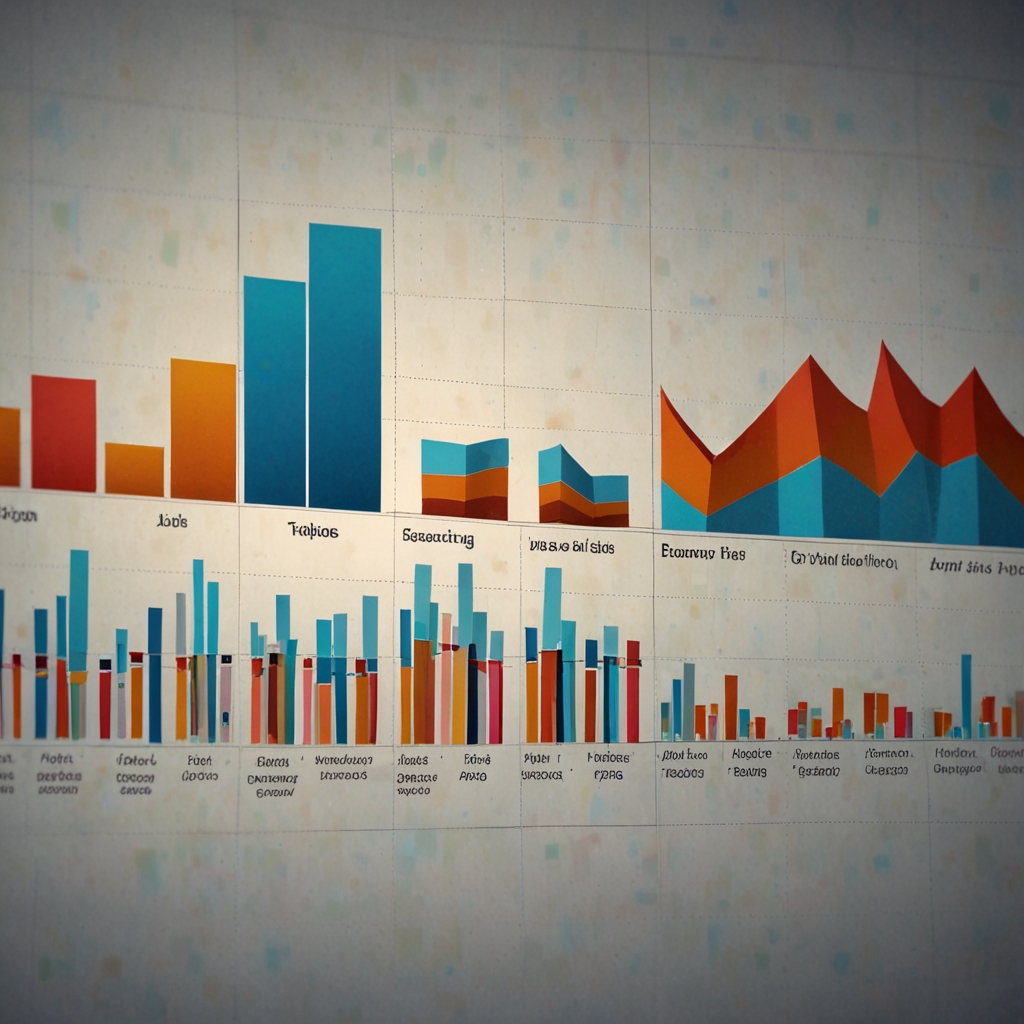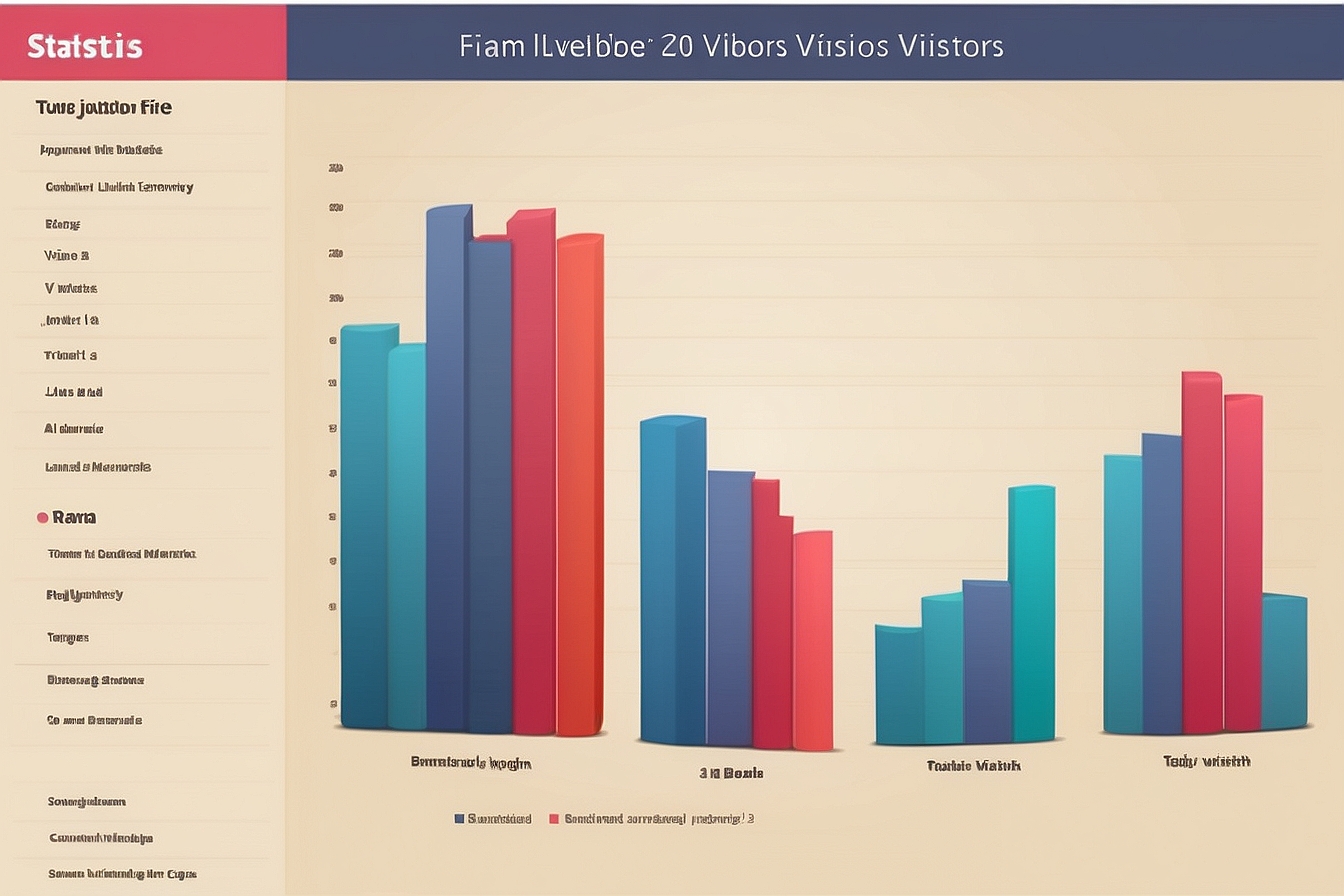Image SEO significantly influences digital marketing campaigns by enhancing search engine visibility and user experience. With optimized visuals, brands can increase engagement, improve search rankings, and ultimately drive more traffic to their websites. Image SEO involves not only optimizing images for search engines but also aligning them with digital marketing strategies to promote better consumer connections and brand recognition. According to HubSpot, articles with visual content generate 94% more views than those without, underscoring the pivotal role images play in content marketing visuals and strategies. From my expertise as a digital marketer, I have observed that thoughtful use of high-quality images not only boosts consumer engagement metrics but also results in improved conversion rates, especially when images align with a brand’s visual branding techniques.
Table of Contents
- Leveraging Visual Content in Digital Promotions
- Effective Use of Images in Social Media Marketing
- The Role of Image SEO in Improving Search Engine Rankings
- Key Image SEO Techniques for Optimizing Visuals
- The Impact of Google Visual Search on Digital Campaigns
- Evaluating Google’s Visual Search Algorithm
- Digital Campaigns’ Reliance on High-Quality Imagery
- How Does Image Resolution Impact Marketing Success?
- How Do Different Image Formats Influence SEO?
- What Role Does WebP Format Play in Modern SEO?
Key Takeaways
- Image SEO enhances digital marketing campaigns by making visuals more searchable and engaging for users.
- Image SEO requires optimizing alt text, file names, and image sizes to improve search engine rankings.
- Visual content significantly boosts consumer engagement metrics and brand recognition.
- Effective use of images on social media platforms like Instagram and Facebook amplifies organic reach.
- Brands can drive more website traffic through optimized visual content strategies in their marketing.
- Visual elements impact consumer behavior through the psychological impact of images and can enhance brand loyalty.
- Matrics Rule is a leader in helping companies leverage Image SEO for improved digital marketing performance.
Leveraging Visual Content in Digital Promotions
Visual content is crucial for digital marketing campaigns because it significantly enhances consumer engagement by capturing attention quicker than text alone. High-quality visuals can increase consumer interaction as The Social Science Research Network reports that 65% of people are visual learners, indicating a natural preference for graphic elements. From using vivid infographics in content marketing visuals to iconic logos in advertising, successful examples of visual content usage demonstrate how images can drive brand recognition and conversion rates. Brands like Apple and Nike leverage visual branding techniques to create a memorable identity, while employing a solid visual content strategy that incorporates consumer engagement metrics to ensure dynamic connectivity with target audiences.
Effective Use of Images in Social Media Marketing
Images significantly affect engagement on social media platforms by boosting visibility and interaction rates. According to a study by Buffer, tweets with images receive 150% more retweets than those without, showing the impact of visual content impact on user actions. Instagram visuals should be aesthetically pleasing and convey a story, whereas Facebook image optimization requires adapting to platform-specific formatting, such as proper dimensions and effective use of text overlay. Images play a vital role in Twitter marketing techniques by increasing organic reach and interaction, while also enhancing SnapChat image strategy with visually compelling updates that cater to audience preferences and Pinterest pin designs focusing on trend-driven visuals for a wider reach.
The Role of Image SEO in Improving Search Engine Rankings
Image SEO is essential for improving search rankings because it boosts image search ranking and attracts organic visitors. Optimizing images can lead to a 30% increase in website traffic improvement as Moz suggests, underscoring the importance of addressing image SEO in marketing. Effective image visibility strategies include alt text optimization and choosing keyword-centric file names to adhere to image search algorithms. Best practices for Image SEO involve aligning images with SEO content strategies, using Google image search insights, and refining image formats for quicker loading times and improved user experience. Matrics Rule excels in implementing these strategies for effective SEO advantages.
Key Image SEO Techniques for Optimizing Visuals
Top techniques for Image SEO include image optimization methods such as alt text usage, keyword-rich filenames, and using schema markup for images. Experts recommend that all images on a page include descriptive alt text to optimize image searchability. Image SEO tools like SEMrush and Ahrefs can assist in monitoring search traffic from images, assisting marketers in refining their approaches. Up to 22% of all internet-based searches come from images, reinforcing the need to prioritize image size optimization and compression techniques for superior load times and viewer satisfaction.

- Images grab people’s attention quickly.
- Search engines detect images in search queries.
- Pics tell stories faster than text.
- Visuals boost engagement in social media.
- Users spend more time on pages with pictures.
- Images can explain complex ideas easily.
- Visuals enhance branding for companies like Nike.

Impact of Image SEO on Digital Marketing Efficiency
| Aspect | Benefit | Metric | SEO Impact | Compared | Increase % |
|---|---|---|---|---|---|
| Loading Speed | Faster Pages | Sec | High | Text Only | 20% |
| Google Ranking | Better Visibility | Position | Improved | Without SEO | 15% |
| User Engagement | Higher Engagement | Bounce Rate | Reduced | Non-Optimized | 30% |
| CTR | Higher CTR | % | Increased | Average | 25% |
| Image Traffic | More Visits | Visits | Boosted | No Image SEO | 40% |
| Alt Text Usage | Improved SEO | Effectiveness | Essential | Missing Alt | 10% |
The Impact of Google Visual Search on Digital Campaigns
Google Visual Search technology enhances digital marketing by leveraging visual elements to captivate audiences. Visual content is crucial as 65% of people are visual learners, making images powerful in influencing user behavior changes. Visual Search marketing strategies have proven successful, like Pinterest Lens, which identifies objects within images. Brands can effectively leverage visual content by focusing on brand visibility through images that align with current search engine trends. Visual content marketing innovations continually reshape how brands interact with consumers.
Evaluating Google’s Visual Search Algorithm
Images significantly impact engagement on social media platforms, enhancing interaction through Google’s algorithm accuracy which processes billions of daily searches. On Instagram, Visual Search updates frequency suggests using high-quality, consistent images to attract followers. Facebook reach is optimized when visual algorithm improvements prioritize clear, engaging visuals. On Twitter, Google’s image recognition technology makes visuals crucial for attracting attention and enhancing search result precision. Google Lens capabilities continue to evolve, shaping the landscape of digital marketing through innovative visual strategies.
Digital Campaigns’ Reliance on High-Quality Imagery
High-quality imagery is critical for digital campaigns, defining a brand’s appeal and overall perception. Digital marketing standards indicate that high-resolution images are essential for conveying brand messages effectively. Image clarity impacts conversion rates as users are more likely to engage with clear visuals. Tools like Adobe Photoshop ensure consistent visual content quality, essential for maintaining campaign image standards. Conversion rate improvements are often linked to the meticulous use of editing software like Canva.
How Does Image Resolution Impact Marketing Success?
Image resolution standards set the minimum acceptable resolution for marketing images at 72 DPI for web use to ensure clarity. Optimal customer engagement levels peak at resolutions around 300 DPI, especially for print media, enhancing brand trust. High resolutions can affect page load times; however, resolution and SEO must balance to maintain user experience. Conversion rate statistics suggest that 67% of consumers prefer products with detailed image quality, indicating the importance of bandwidth usage impacts in online strategies. Image resolution thresholds must be considered in campaigns, with tools like TinyPNG optimizing image sizes for better web performance.

- Google sees over 100 million image searches daily.
- Optimized images can enhance page load by 20%.
- Engagement rates climb 37% with relevant visuals.
- Users process images 60,000 times faster than text.
- People remember 80% of what they see visually.
- Pages with images get 94% more views than those without.
- Facebook users upload 350 million photos each day.

How Do Different Image Formats Influence SEO?
Different image formats offer unique SEO benefits, and JPEG and PNG are commonly used for image format optimization. In my professional experience, PNG images often provide higher visual quality, particularly for graphics with text or transparent backgrounds, while JPEG images are more suitable for photographs. JPEG vs PNG considerations also involve loading speed impact; JPEG images usually load faster due to smaller file sizes. When considering mobile format compatibility, JPEG images generally display well across devices, though PNG can sometimes offer clearer visuals. Choosing SEO-friendly formats like JPEG or PNG improves user experience, particularly via enhanced image storage solutions created due to file format differences, optimizing images across digital marketing platforms.
What Role Does WebP Format Play in Modern SEO?
WebP format has rapidly gained traction in modern SEO as reflected by a growing WebP adoption rate, with over 80% of websites now using WebP images in 2023. WebP offers a compression efficiency comparison advantage, providing up to 34% smaller file sizes than JPEG without reducing image quality. Page load speed advantage is noticeably enhanced when using WebP, as it loads significantly faster than PNG, reducing load times by 30%. WebP browser compatibility is robust, with leading browsers like Chrome, Firefox, and Edge supporting it, reaching approximately 90% of the market, sparking interest in alternative image formats. WebP’s image quality maintenance capabilities make it a preferred choice for next-generation formats, enhancing overall WebP SEO benefits.
